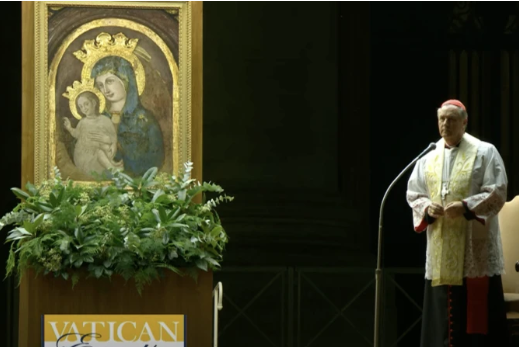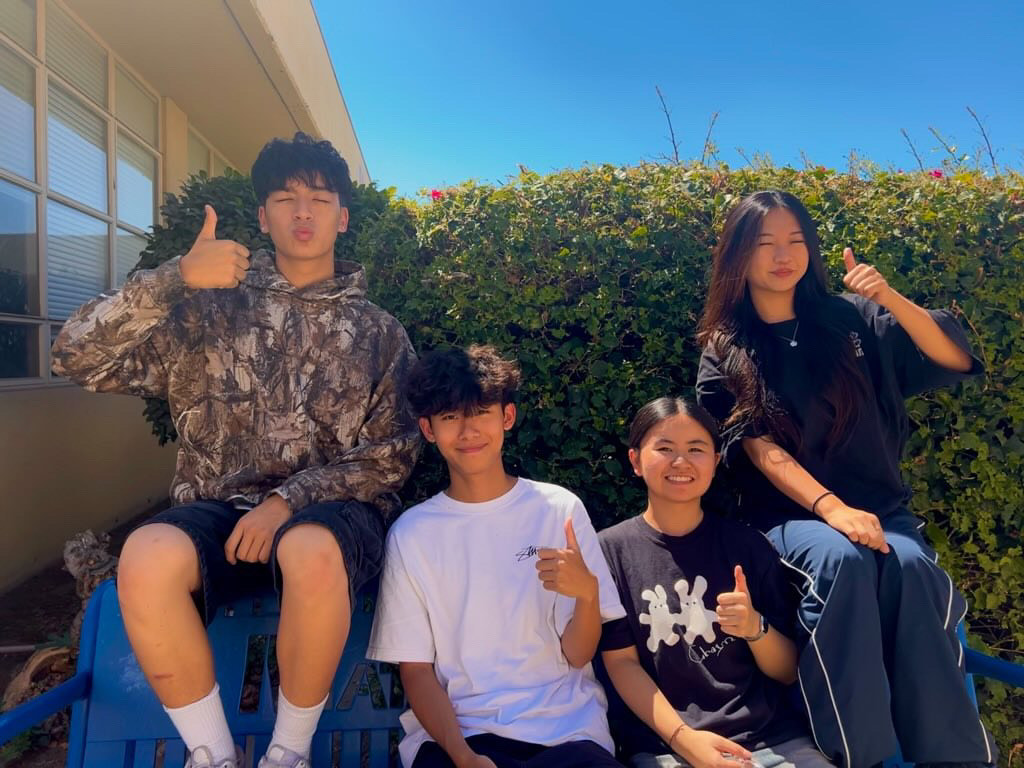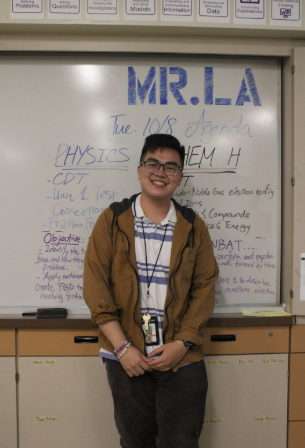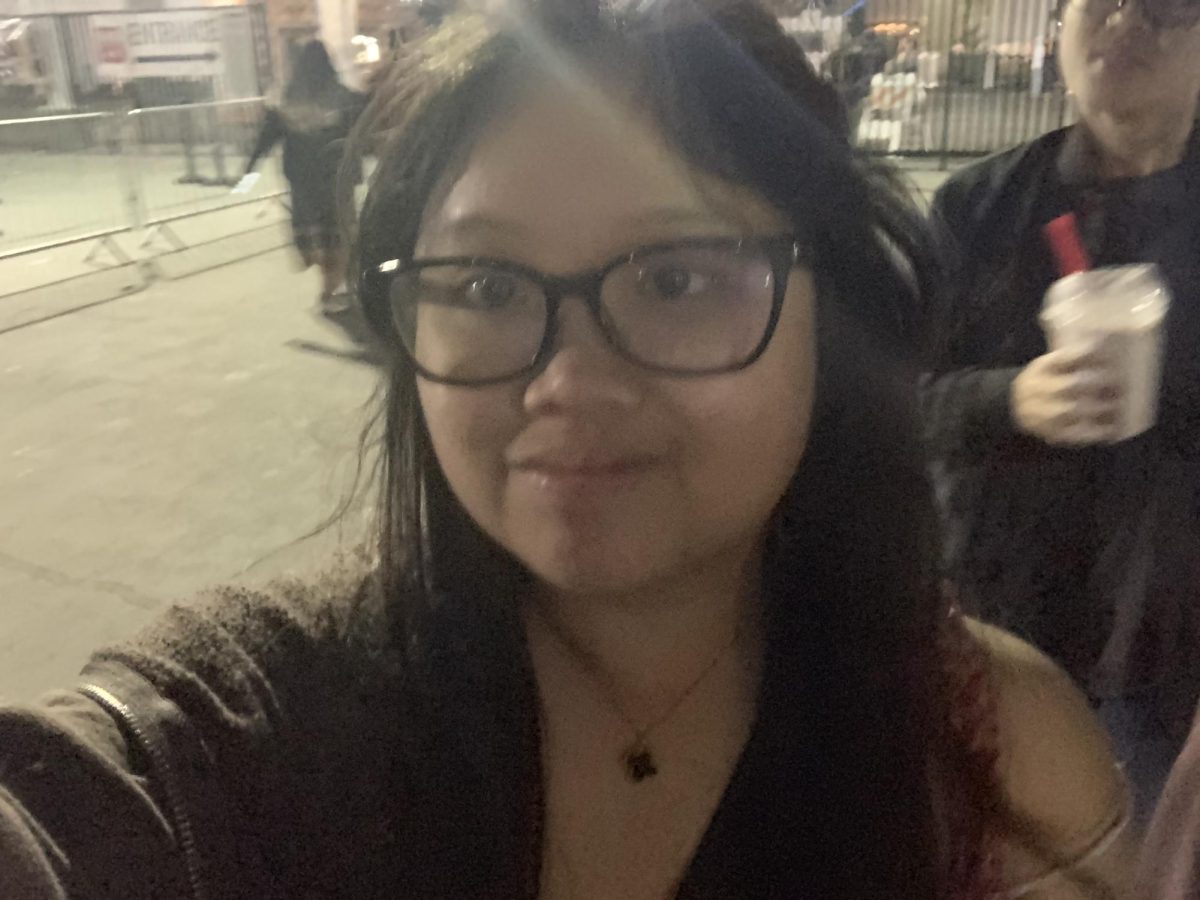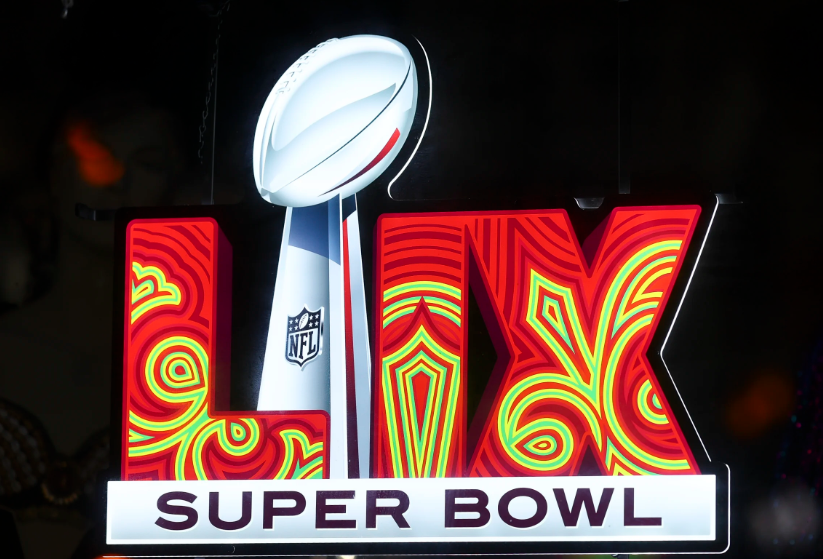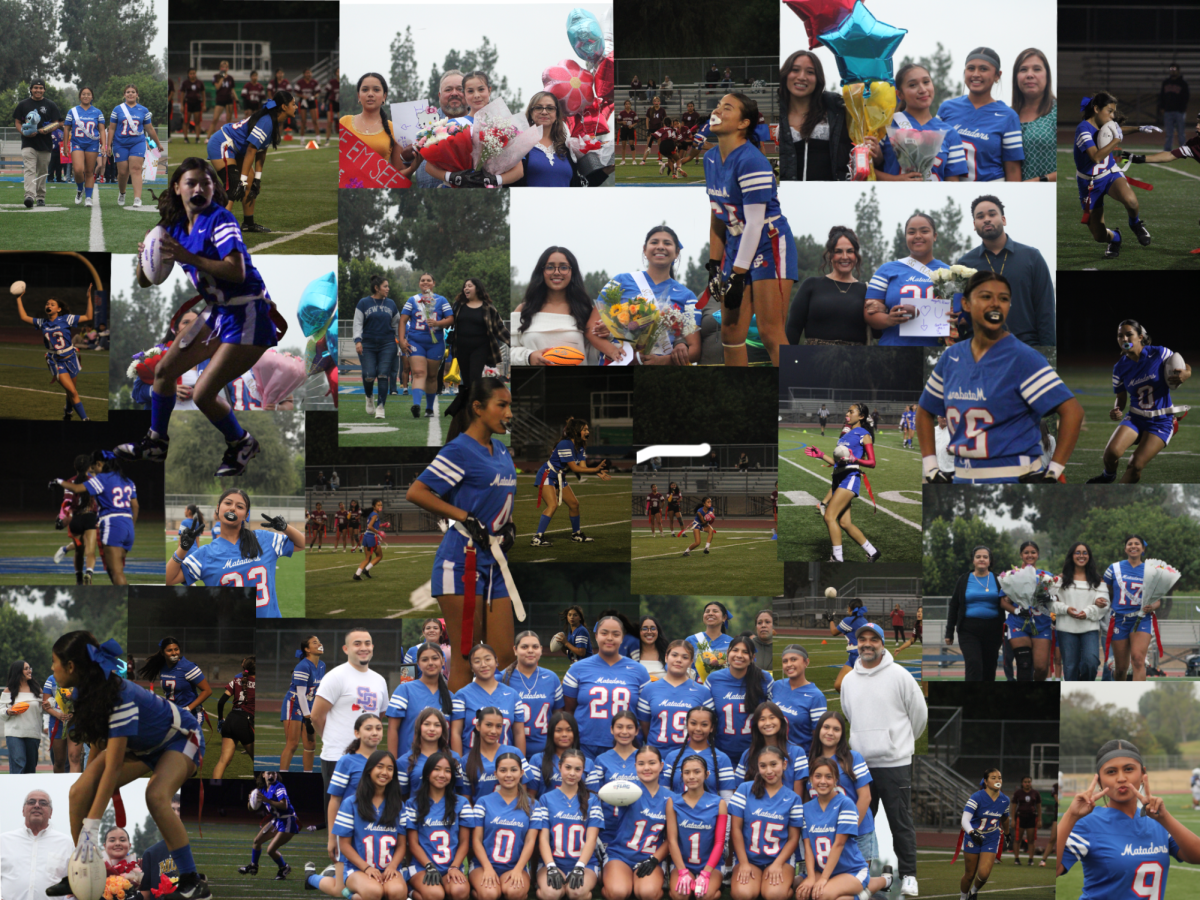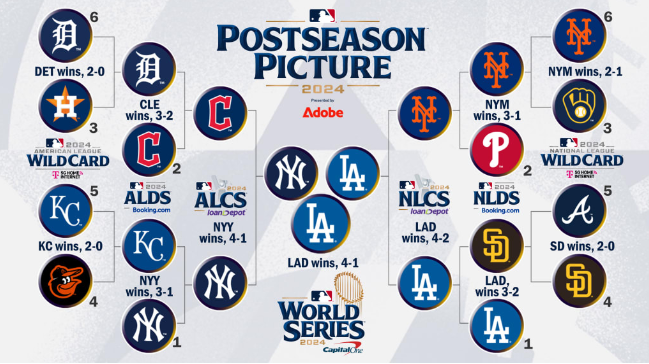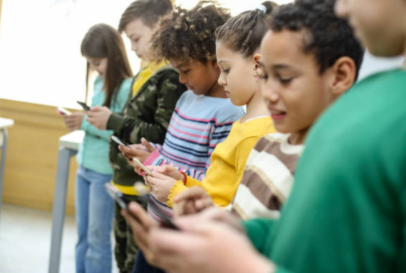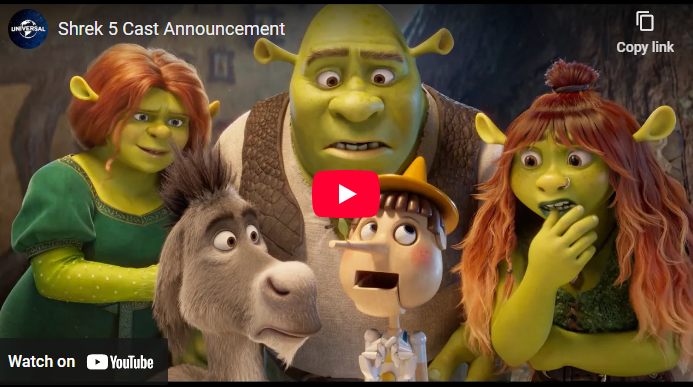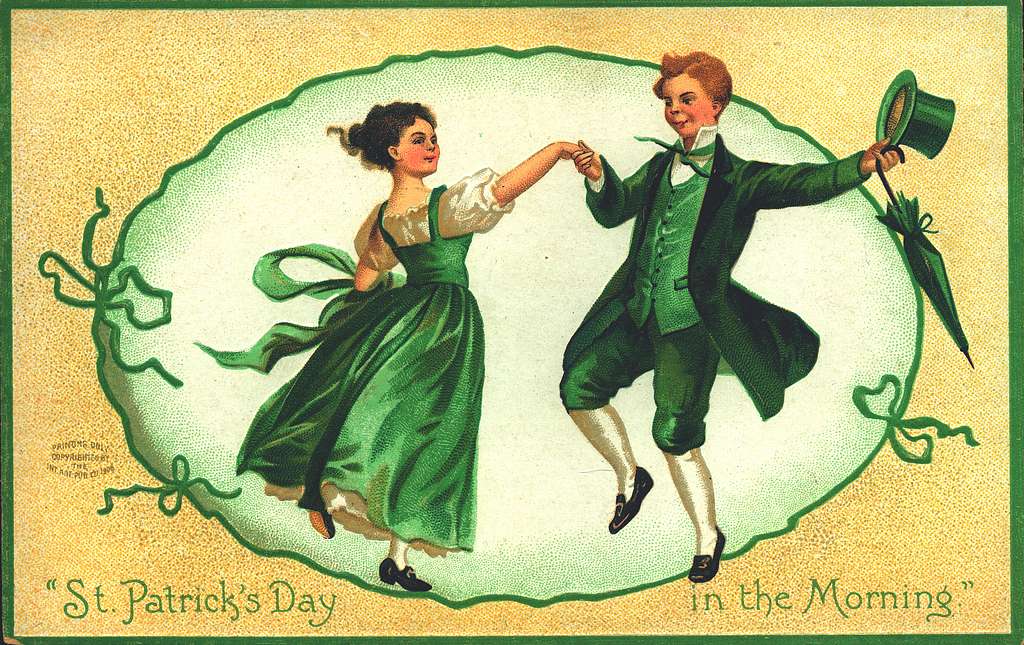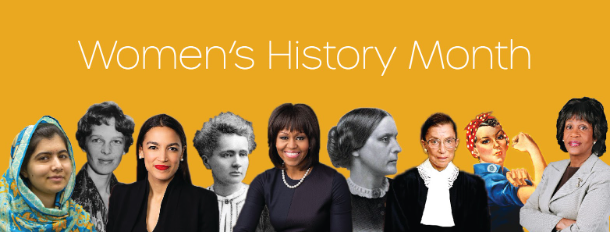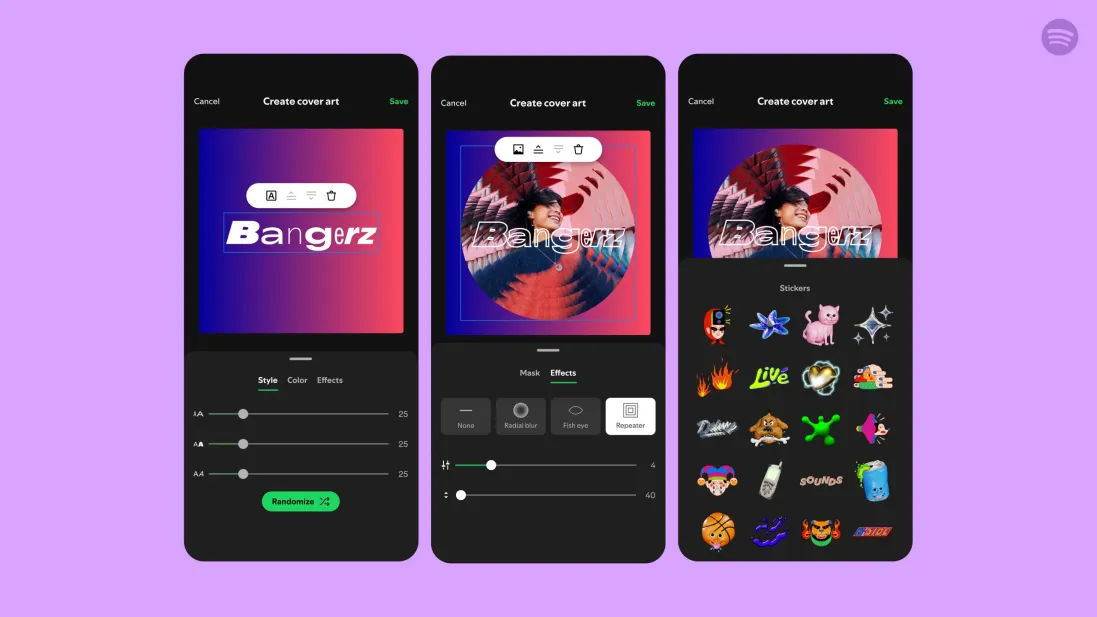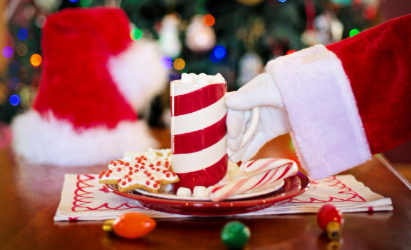Thanksgiving has long been known as a festive holiday where friends and family get together to celebrate and give thanks. However, this seemingly innocent holiday has a dark history.
Thanksgiving itself had not been recognized as a national holiday until November 1863 during the Civil War. President Abraham Lincoln had established the holiday as an attempt to improve relations between the North & the South. Just a year before its induction as a peaceful holiday of thanks, federal officials organized a mass execution of Dakota tribal members after they fought back due to a lack of provisions. Thanksgiving was used as a political cover-up for the massacre and to limit hard feelings between the Dakota tribe and American officials.
Additionally, there is a widespread stereotype that the first Thanksgiving was a peaceful gathering between the Pilgrims and the Native Americans. However, this was not true. The first Thanksgiving marked the beginning of multiple tensions between pilgrims and Natives, which ultimately resulted in wars and failed peace treaties. Despite this dark history, students are still learning in school that Thanksgiving was a peaceful holiday. This distorts history and leaves room for many harmful stereotypes.
There are many ways that one can show one’s support for Native Americans and not engage in harmful stereotypes that the commercialization of Thanksgiving often brings. Examples include:
- Trying Native American recipes in Thanksgiving dinner, such as masa polenta and braised buffalo
- Start conversations about Native Americans respectfully and educationally and spread the word about the real reason for Thanksgiving
Some people opt to skip Thanksgiving altogether and go to Native-led events, such as the Indigenous People Sunrise Ceremony in California, or the National Day of Mourning in Plymouth.
However, whichever way one decides to celebrate, let’s take a moment to realize the true meaning of Thanksgiving and understand the profound impact that Native Americans have in our history.
